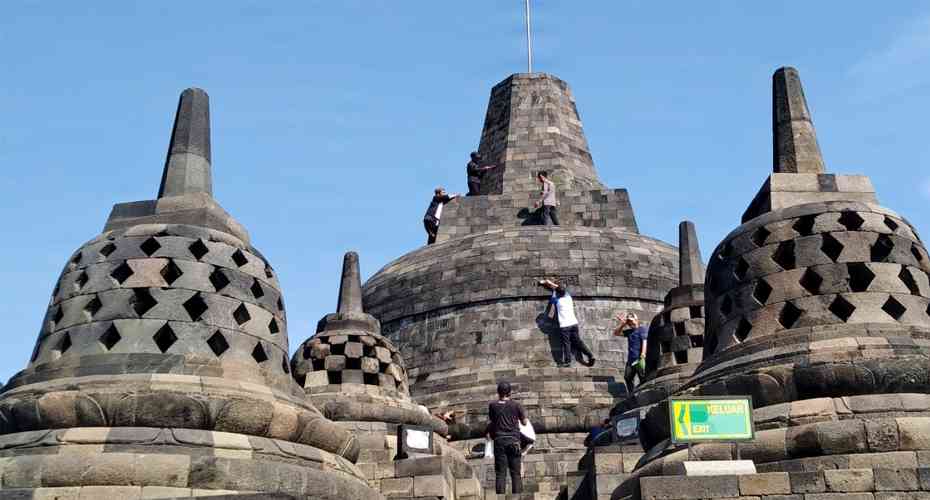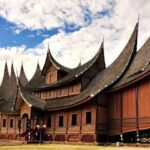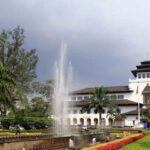Borobudur Temple is one of the most iconic and majestic Buddhist monuments in the world, located in Central Java, Indonesia. It is a UNESCO World Heritage Site and a popular cultural and spiritual destination.
Quick Description Borobudur Temple:
Borobudur Temple is the largest Buddhist temple in the world, built in the 9th century during the reign of the Sailendra Dynasty. This massive structure is shaped like a giant mandala, symbolizing the universe in Buddhist cosmology. Made from over 2 million volcanic stones, it features nine stacked platforms (six square and three circular) topped by a grand central stupa.
Architectural Features:
- 2,672 relief panels depicting the life of Buddha and Javanese culture.
- 504 Buddha statues, each seated in a meditative pose.
- The temple follows the path of spiritual enlightenment, guiding pilgrims from the base (Kamadhatu – the world of desires) to the top (Arupadhatu – the world of formlessness).
Surroundings:
Borobudur is set in a beautiful natural setting, surrounded by lush green hills and volcanic mountains like Mount Merapi and Mount Merbabu, especially breathtaking during sunrise.
Cultural & Spiritual Importance:
Borobudur is not only a historical masterpiece but also an active pilgrimage site, especially during Vesak Day, when thousands of Buddhists gather to celebrate the birth, enlightenment, and death of Buddha.
History of Borobudur Temple
Borobudur temple built in the eighth century by the Cailendra dynasty, is believed to have been derived from the Sanskrit words “Vihara Buddha Uhr” the Buddhist Monastery on the hill. Borobudur is a terraced temple surmounted by stupas, or stone towers, the terraces resemble Indonesian burial foundations, indicating that Borobudur was regarded as the symbol of the final resting place of its founder, a Syailendra, who was united after his death with the Buddha.
The Prambanan temple complex is also associated with a dead king. The inscription of 856 mentions a royal funeral ceremony and shows that the dead king had joined Shiva, just as the founder of the Borobudur monument had joined the Buddha.
Divine attributes, however, had been ascribed to kings during their lifetimes. A Mahayana inscription of this period shows that a ruler was said to have the purifying powers of a bodhisattva, the status assumed by the ruler of Shrivijaya in the 7th century; a 9th-century Shaivite inscription from the Kedu Plain describes a ruler as being “a portion of Shiva.”
Location
Located in Magelang Regency, Central Java, Indonesia, this temple is the largest Buddhist temple in the world and is one of the most popular tourist destinations in Southeast Asia. Let’s explore the beauty and wonder of Borobudur Temple.




